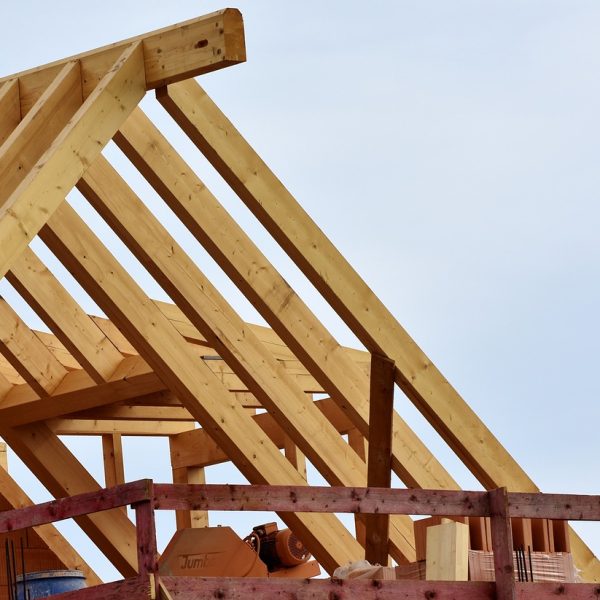Site Preparation and Foundation
Once the design is finalized, construction begins with site preparation. This involves clearing the land, removing rocks or debris, and leveling the ground. If there are any existing structures or large trees, they may need to be removed as well.
The foundation can be a slab, crawl space, or basement, depending on factors like soil type, climate, and personal preference. Foundations are usually made from concrete, which provides durability and strength. Get more details about herskapelige hus.



